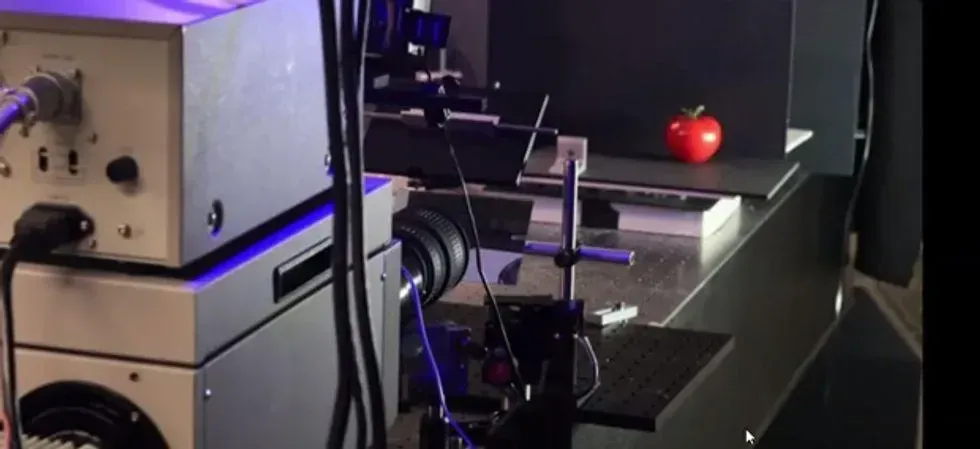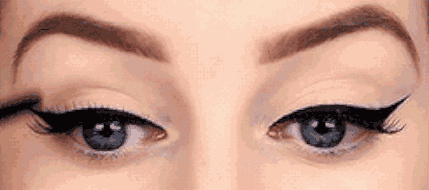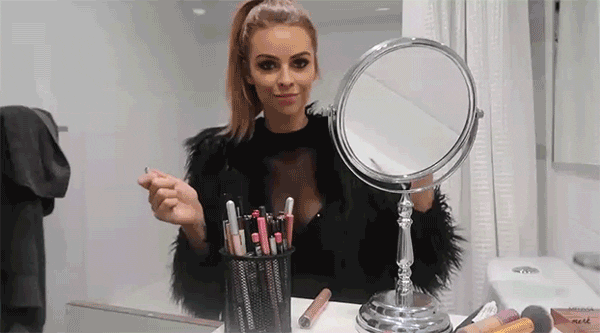Imagine you're a dolphin, swimming in the ocean, talking to your dolphin BFFs about how great fish are or whatever dolphins talk about.
"Man, I could really go for a steak sometime, you know?" Image from Serguei S. Dukachev/Wikimedia Commons.
Then, suddenly, this weird little dude comes whirring up to you:
Image from John Downer Productions, used with permission.
This isn't some weird animal NSA project — this robot puffer fish is one of a growing handful of robotic spy animals researchers and filmmakers are unleashing into the wild.
At first glance, robot animals just look really funny.
Like this robo-tuna.
"GLUG!" Image from John Downer Productions, used with permission.
OK, and they're kinda cute.
Like this robo-turtle.
"'SUP, DUDES???" Image from John Downer Productions, used with permission.
But they're an incredibly useful way for humans to get close to wild animals without, you know, getting too close to wild animals.
Image from lin padgham/Flickr.
Emperor penguins, for instance, will panic and run away if a human gets too close.
This was a big problem for Dr. Yvon Le Maho of the University of Strasbourg. Back in 2014, he wanted to measure the heart rates of wild penguins, but he couldn't get close without panicking the animals.
So, instead, his team hit on something a little uncanny:
"Don't mind me. Totally normal penguin coming through." GIF from IBTimes.
It took a few tries to get the design right, but by using the little robo-spy penguin instead, the birds remained chill (and even sang songs to their visitor), and the researchers were able to get the data and footage they needed.
These robo-spy animals also help humans stay safe — whether they're doing research or filming documentaries.
While penguins will run away if approached, there are some other animals who are a little too...
GIF via John Downer Productions/YouTube.
...rambunctious for humans to get close to safely.
"Cameramen can only get so close," says Rob Pilley, a zoologist and producer for John Downer Productions.
In filming "Polar Bears: Spy on the Ice," the teamopted to create cameras camouflaged as snowballs (above) and icebergs. Though a few cameras had to be sacrificed for the project (polar bears love to chew on unusual objects), the filmmakers were able to get amazing close-up footage of the polar bears that would've been near impossible to get otherwise.
Ever wanted to know what a polar bear's breath smells like? GIF via John Downer Productions/YouTube.
Thanks to these robo-spies, we've been able to film, measure, and discover things we've never seen before.
Pilley's team documented dolphins working together with rays to hunt fish and using seaweed like feather boas, for example. They also recorded dolphins playing with — and maybe even getting high off of — toxic puffer fish.
Just say no to puffer fish, kids. Image from Leszek Leszczynski/Flickr.
These robo-spies could even help save endangered species.
Vultures don't have the best PR, but they're actually an amazingly important clean-up crew and help keep environments healthy. Unfortunately, a lot of them are dying off.
To help preserve the species, tech company Microduino and the International Centre for Birds of Prey are planning to secretly slip 3D-printed robo-eggs into the nests of endangered vulture species. The eggs will be packed with tiny sensors that will relay data to scientists who can use the information the eggs record, like temperature and humidity, to create better artificial incubators for endangered vulture species.
And because the eggs look identical, the vultures will be none the wiser to their scientific visitors (and much happier than if a scientist tried to poke their big, human face in there)!
A vulture investigates a spy-egg prototype. GIF from Microduino Studio/YouTube.
The egg is still in prototype phase, but the team is excited.
"If this project succeeds, we can transfer the same technology to help save other species around the world," Microduino CEO Bin Feng told Upworthy.
So yeah, robot animal spies are kind of funny-looking.
"Fwoosh." GIF via John Downer Productions/YouTube.














